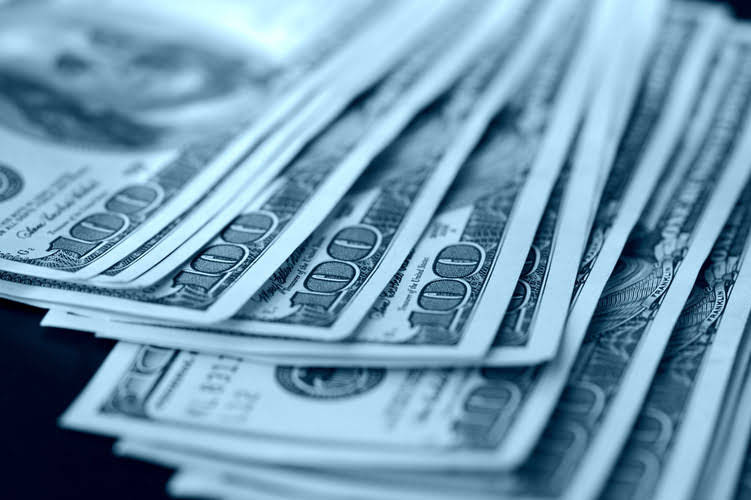Grant Thornton employs about 8,000 people in the U.S., which means the firm has cut more than 6% of its workforce so far in 2023. With a workforce of about 8,000 in the United States, the company’s latest action demonstrates Grant Thornton’s substantial readjustment in response to shifting market demands. Becoming an accounting consultant takes a special set of skills beyond your technical accounting expertise. Technical skills aren’t necessarily the divide between a great consultant and a mediocre one.
There’s another practical difference between serving as a traditional accountant and becoming an accounting consultant; namely, it’s how you get paid. Conventionally, accountants bill for time spent, whereas a consultant usually provides up-front pricing for specific consulting engagements, above and beyond the hourly billing for compliance and technical services. If you’re wondering how to transition into accounting consulting, you’re in good company. It’s fairly common for CPAs to become part-time or full-time consultants just prior to retirement, while others enjoy the benefits of greater flexibility and control over their schedules earlier in their careers.
Accounting consultant hourly rates
If you’re selling your consulting services through an accounting firm or management firm, you may not have to look very far for consulting clients. If you’re putting up a new independent contractor shingle, you will need to market and sell yourself to various companies and individuals in order to bring in the new consulting engagements. The latest moves began with human resources calling affected people starting Wednesday and through the end of the week. The layoffs sent shock waves throughout the firm since it had just announced record revenues for the fiscal year ending July 31 of $2.4 billion after the firm’s round of cuts. As a Deloitte Tax intern, you’ll work with diverse and talented teams to help clients analyze the tax effect of complex decisions, reduce overall tax rates, and pursue performance objectives. You will collaborate daily with our tax team to perform research and analysis, and utilize your consultative skills to turn findings into actionable solutions.
- Technical skills aren’t necessarily the divide between a great consultant and a mediocre one.
- When you ask what accounting consultants do, there are many different answers, depending on the different needs their clients have, the areas of specialization they focus on, their geographic region, and many other factors.
- An ongoing survey by Indeed shows that the average salary for accounting consultants in the United States is $78,960 per year (as of April 2020).
- You would consult on that, offering an analysis from an accounting and tax perspective, based on the business, the client’s goals and objectives, and specific needs.
But people at Grant Thornton who spoke to Fox Business said the cuts are more ominous and signal management’s fear that a recession isn’t just possible but a likelihood. Employees also told Fox Business that they expect another round of layoffs before year’s end. In a move that may signal a bracing stance against potential economic turbulence, Grant Thornton LLP, a titan in the professional consulting and advisory sphere, has initiated a second wave of layoffs, cutting an additional 200 jobs.
Is there demand for accounting consulting services?
Hourly rates for accounting consultants range from $27.39 (Tampa, FL) to $44.39 (Washington, D.C.). An ongoing survey by Indeed shows that the average salary for accounting consultants in the United States is $78,960 per year (as of April 2020). Department of Labor’s Bureau of Labor Statistics, the unemployment rate for accountants and auditors was 1.4% in the fourth quarter of 2019. According to entrepreneur.com, accounting consultants are the number one most sought-after types of consultants. An accounting consultant can serve as both teacher and guide for a business, especially when the business could benefit from accounting services or improvements to their own accounting processes and procedures. Some employees told Fox Business they believe the company is preparing for significantly tougher times ahead after the Fed announced it will continue to keep monetary policy tight to combat inflation for the foreseeable future.
Tax Consultant Intern (Accounting) (Summer
According to Fox Business, the layoff process at Grant Thornton began last week, with human resources reaching out to the impacted employees. Fox Business also reported that the internal shake-up coincided with the firm’s announcement of a fiscal high, boasting $2.4 billion in revenue for the year ending July 31. Grant Thornton confirmed the layoff of 200 staff members to Fox Business, following an earlier reduction of 300 jobs in the United States in May, impacting the advisory positions predominantly. The layoffs come amid signs of a looming economic slowdown that has put pressure on corporate America’s profitability prospects. The firm, which recently boasted record revenues, is yet again reducing its workforce, marking over 6% in cuts this year alone, according to Fox Business. The accounting firm’s strategic decision underscores the industry’s cautious navigation through an uncertain financial climate and has ignited discussions regarding the broader implications for the U.S. economy.
Getting started can be as simple as merely getting your name out there to your existing clients and referral sources or as complicated as starting a business from the ground up. In addition, prior to the global pandemic, client expectations were already shifting. The future CPA is one who provides consulting services through an advisory lens – offering more than compliance work and serving as a more holistic business partner.
U.S. Stock Market Quotes
With Practice Forward content, tools and guidance, you can expand into advisory services, improve margins, drive growth, and elevate client service. Shifting demographics, changes in consumer behavior, a dynamic tax and regulatory environment, technology, and a multitude of other factors are having a profound impact on the future of accounting. Which types of consultants are in biggest demand will likely change from year to year, as the profession continues to evolve to meet consumer needs. Let’s examine the definition of accounting consulting and describe exactly what accounting consultants do, how to become an accounting consultant, why you should consider making the switch, and much more. Meanwhile, Grant Thornton could face a “major talent exodus” in the U.S.; sources told Fox Business that employees are openly shopping their resumes on online forums, looking to beat the dreaded call from HR that they’ve been laid off.
Another option is to consult on the side, or in between permanent jobs. Being an accountant can mean far more than preparing tax returns, compiling financial statements, handling technical compliance work or providing back-office accounting services. It’s becoming increasing popular for many CPAs to offer their services in an accounting consultant capacity, which is a bridge to becoming the holistic trusted advisor consumers are looking for in today’s economic climate.
Read our white paper, How accountants work from home successfully, to discover specific steps you can take now, along with insights into how you can effectively manage your business remotely. Additionally, forensic accounting, internal audits and accounting system evaluation are among the more in-demand skills. Of course, the COVID-19 pandemic may affect the profession to a degree, but over the past decade, accountants and auditors have maintained higher employment rates than many other professional positions.
While there are similarities, the primary difference between advisory services and accounting consulting is the length and purpose of the engagement. “There’s going to be a major talent exodus,” said one person close to the matter. “The problem is that management isn’t saying anything, so people think the worst.” In light of the recent developments at Grant Thornton, sources warned Fox Business a “major talent exodus” may occur, with many employees preemptively exploring new opportunities to avoid the uncertain fate within the firm.
Other consulting firms such as Ernst & Young and BDO have also cut staff this year amid a slowdown in demand for such services. Demand for consulting services increased significantly during the COVID-19 pandemic from public companies looking to adjust to new workplace rules and executives working from home more. In May, the company cut about 300 jobs across its U.S. division; how to write off bad debt the recent cuts that began late last week haven’t been reported. They will mainly affect so-called advisory positions at the company, sources with direct knowledge of the matter tell Fox Business. A consulting gig is typically temporary, designed to help your client with a specific problem or situation, such as determining which entity type is the best for their new venture.















